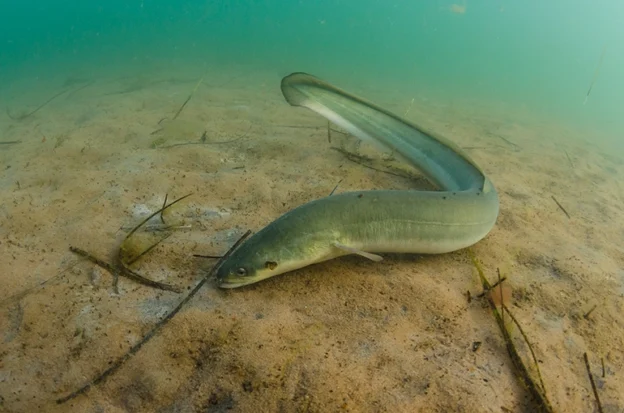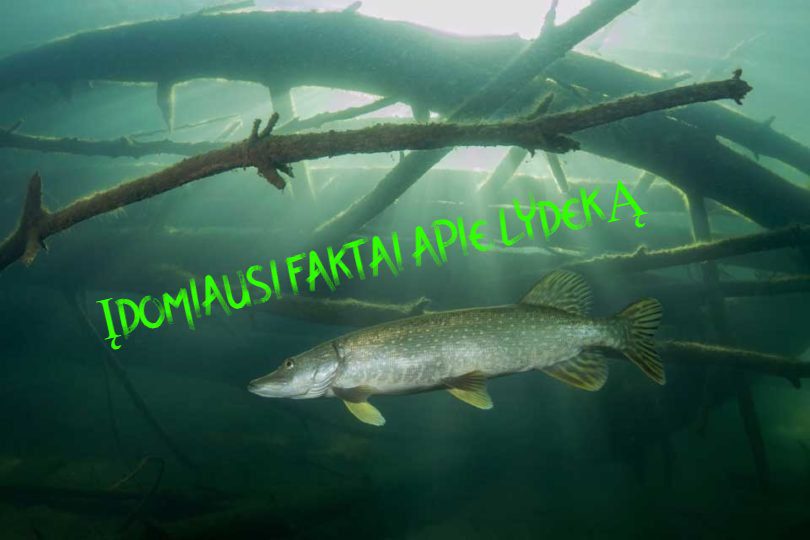Eel - what is it and what do you know about it? You will probably answer that it looks like a snake and is a delicacy. However, not everything is so simple - those who want to get to know the eel more closely are in for amazing discoveries. They can travel over land, even up to several kilometers. There is also a certain stage in their life - spawning - which leads to death. In the article, we will review the most interesting and mysterious facts from these amazing creatures.
A bit of eel history
The eel appeared more than 50 million years ago. Then they were divided into 4 genera, 20 families, 111 species and about 800 subspecies. Like all underwater inhabitants, they are divided into different scientific classifications. One of the most common species is a subspecies called Anguilliformes (river species Anguillanguilla). These fish are classified as bony vertebrates. They include all popular families such as: moray eel, spaghetti eel, american, European etc.
They spawn in the ocean and migrate to fresh water. This movement is temporary - they remain marine in nature and require salinity. When they reach maturity, they return to the ocean to breed.
The largest eel caught was two meters long and weighed 12.7 kg. Most eels are small in size and weight. Females do not exceed one meter, and males do not grow more than 50 cm. it is considered a migratory fish as well salmon, but it is unique in that the eel lives in fresh water and migrates to the ocean to breed, while salmon, on the contrary, lives in the ocean and migrates to fresh rivers to spawn. Scientists discovered this feature of the eel only in the 20th century.
The special protective properties of fish skin deserve special attention. The skin is quite thick and abundantly covered with transparent mucus. When migrating outside the reservoir, the amount of mucus covering the body increases several times. Such protective functions allow the eel to cover long distances on land, thereby protecting the fish from damage and dehydration. In addition, this amazing underwater inhabitant can breathe through its skin.
Where the eel lives
The main habitat is the lakes and rivers of Western and Central Europe, as well as the southeastern and central parts of the Atlantic Ocean and all European seas. Eels prefer warm and heavily vegetated places with muddy bottoms, although they can also be found in fast-flowing rivers with rocky bottoms, especially if they find eroded banks, tree roots and other hiding places.
The way of life of an eel
Most species are nocturnal. Some also live in the deeper waters of the continental shelf and deep slopes up to 4000 m. Only representatives of Anguilla live permanently in fresh water, but return to the sea to breed. It usually lives in water, but during the migration period it can also move on land, crawling at a speed of about 3 km/h through wet grass and moss-covered soil. It is a long-lived fish - it can live up to 85 years.
What do eels eat?
River eel eats only food of animal origin. It feeds on worms, fry, snails, frogs, insect larvae, tadpoles and other fish eggs. Baltic eel likes sprats and other small fish. It also feeds on young roaches and perch. It feeds only in the warm season. With the onset of frost, they stop eating until spring.
How eels reproduce
Spawning of eels takes place in the Sargasso Sea, several thousand kilometers from their permanent habitats. Spawns are laid at a depth of about 400 m. At the end of the spawning period, sexually mature fish die.
The reproduction process of eels has been studied relatively little, because it is impossible to observe all its stages under natural conditions. The difficulties are related to the great depth in the spawning grounds. It is only known that spawning takes place at a water temperature of about 15 degrees. An adult female weighing about 3 kg can lay about half a million eggs, each 1-1.5 mm in size. There are 3 stages of eel development:
- larva
- "glass" shape
- adult eel
In the first stage, the fish has an elongated leaf-shaped body, about 8 mm long. The tiny eyes are barely visible on the completely transparent, flat body. In the first weeks of life, the larva does not even remotely resemble an adult predator, so it was considered a separate species for a long time. After about a month, it reaches the surface water layers and, carried by the warm Gulf Stream, leaves for the shores of Europe. This drift can take up to three years.
The length of the "glass" form is more than 9 cm. Approaching the mainland, the eel stops feeding completely and shrinks by 1-2 cm. His body still lacks pigmentation, but takes on a serpentine shape. In this state, the young reach the rivers that flow into the sea. As it migrates upstream, the fish acquires a characteristic dark color.
The third stage is an adult eel that lives in a freshwater body for 10-13 years. When the eel reaches sexual maturity, it goes to the sea to spawn. Before spawning, the color of its scales darkens and takes on a silvery hue.
How to catch eels
Since the eel is a predator and hunts in the dark, it is you need to fish at night. A bottom rod is used for this. Night worms, a pile of worms or pieces of chopped fish are used as bait. Rivers should be chosen for fishing holes where eels come to feed.








